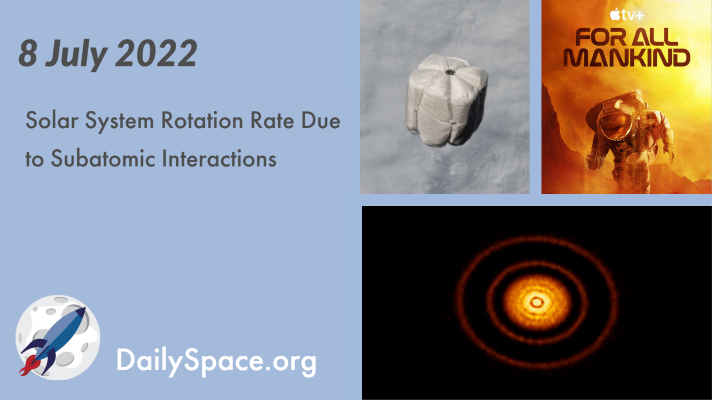
Jul 11, 2022 | Crewed Space, Daily Space, Earth, Exoplanets, JWST, Moon, Our Solar System, Review, Rockets, SpaceX, Starlink
Using a first-principles approach, researchers have discovered that the differences in the rotational rate of the solar system are due to the inward and outward flow of cations and electrons. Plus, JWST’s first list of observations, a Starlink launch, dinosaurs, raining sand, and a review of episode two of this season’s For All Mankind.
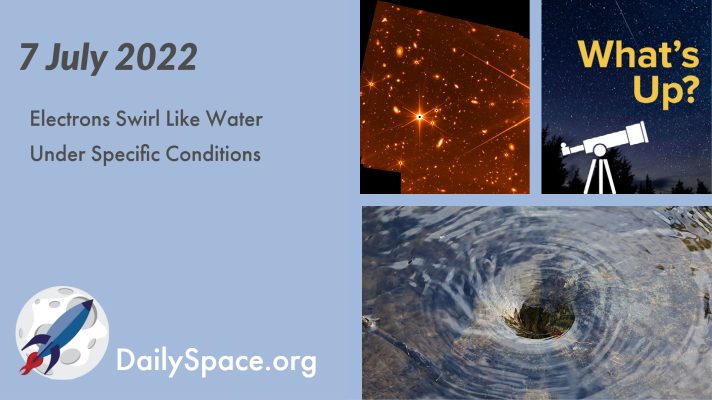
Jul 8, 2022 | Daily Space, Dark Matter, JWST, Moon, Observatories, Physics, Science, SETI, Sky Watching, Spacecraft, The Sun
Using etched tungsten ditelluride at nearly absolute zero, scientists have observed electrons swirling around like whirlpools, behaving as a fluid. The methods could be used to design low-energy devices. Plus, eavesdropping on aliens, machine learning on solar data, and some new observatories are in the works.
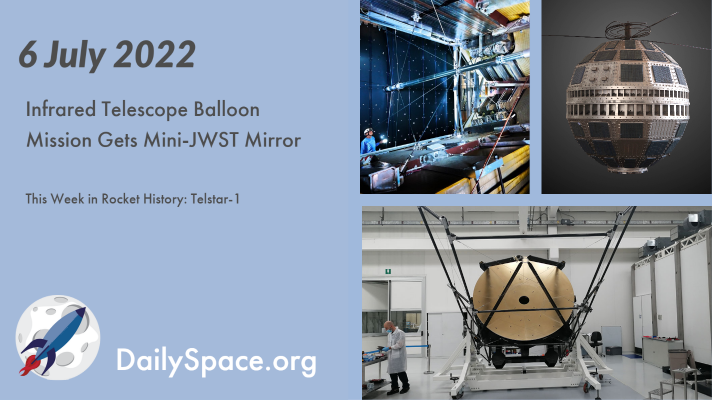
Jul 7, 2022 | Astrobiology, Daily Space, Earth, Fast Radio Bursts, JWST, Our Solar System, Physics, Quantum, Science, Space History, Spacecraft
While waiting for the launch and commissioning of JWST, engineers designed an infrared telescope with a 2.5-meter mirror that will fly onboard a large research balloon to nearly 40 kilometers in altitude. Plus, fast radio bursts, robotic ammonites, and this week in rocket history we look back at Telstar-1.
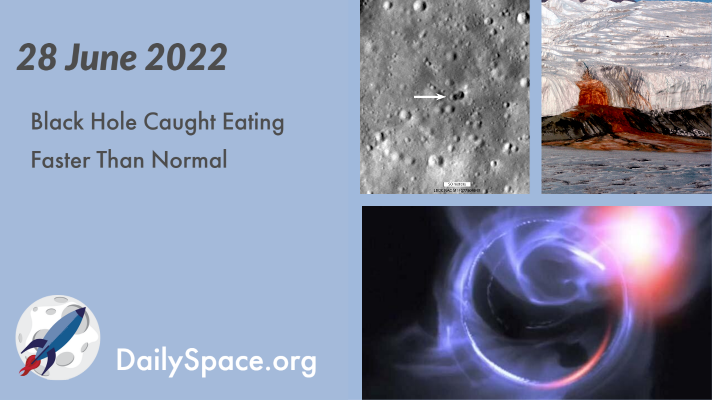
Jun 29, 2022 | Astrobiology, Daily Space, Earth, JWST, Mars, Milky Way, Rockets, Space China, Spacecraft, Supermassive Black Holes
With a little bit of luck and a lot of time on different telescopes, researchers managed to capture the black hole in the center of the Milky Way, SgrA*, consuming matter at a faster rate than usual. Plus, Australia launches a rocket, a couple of Mars stories, and strange glaciers on Earth.
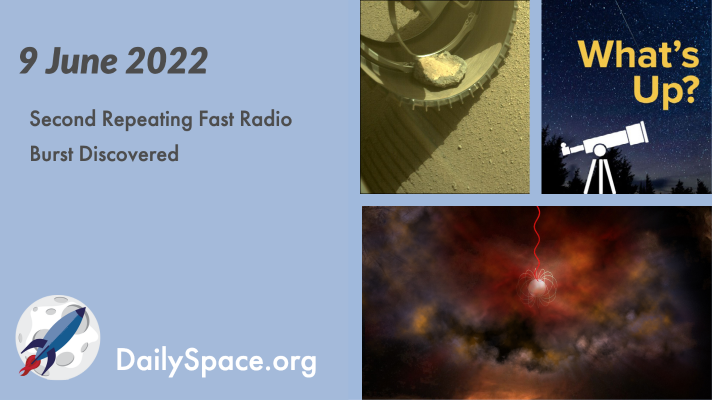
Jun 10, 2022 | Daily Space, Fast Radio Bursts, JWST, Mars, Neutron Stars / Pulsars, Perseverance, Rockets, Sky Watching, Space Policy, Spacecraft, SpaceX, Starlink
A second repeating fast radio burst was detected in 2019 by China’s FAST observatory and confirmed in 2020 by the Very Large Array. This latest discovery raises the possibility that there are two different types of FRBs. Plus, a SpaceX commercial launch, mission updates, neutron stars, and this week’s What’s Up.
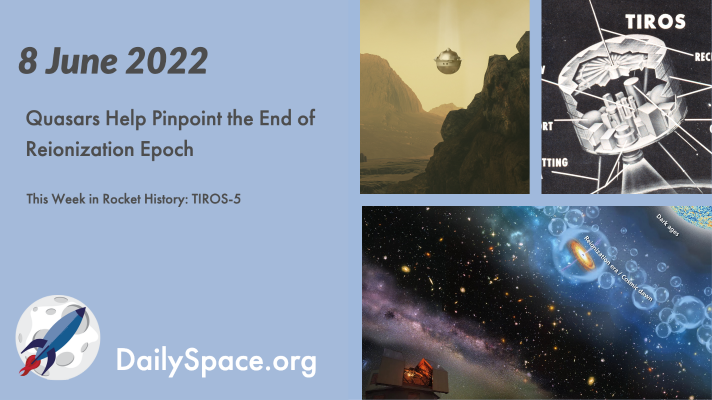
Jun 9, 2022 | Cosmology, Daily Space, Earth, Galaxies, JWST, Mars, Space History, Spacecraft, Venus
Using the radiation signatures of quasars, scientists have determined when the era of reionization ended in our universe – about 1.1 billion years after the Big Bang. Plus, an update on NASA’s MAVEN spacecraft, new Hubble and Chandra images, and This Week in Rocket History is the TIROS-5 weather satellite.








 We record most shows live, on Twitch. Follow us today to get alerts when we go live.
We record most shows live, on Twitch. Follow us today to get alerts when we go live.